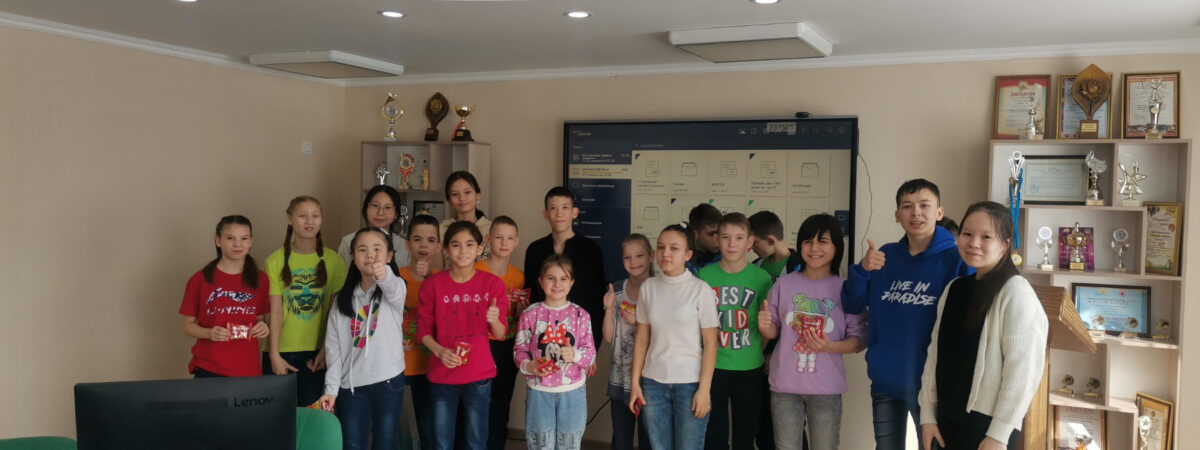
Over the summer, students worked together to investigate the causes of littering and collaborated using Google Docs, Canva, and Zoom. Summer was an ideal time to observe people’s behavior in parks and take field trips to recycling centers. This Investigation phase enabled them to narrow their focus from adults’ to children’s behavior since much research reported a lack of environmental education as one of the reasons for littering. During this phase, students also learned how to conduct primary and secondary research. For their primary research, they conducted surveys in their neighborhoods to find out the causes of littering and made observations in areas where people tend to throw their trash most frequently.

The clean-up campaign.
After they created the flashcards, students put them to practical use during a visit to an orphanage, where they educated the children about nature conservation. The children were actively engaged with the flashcards and later shared positive feedback, expressing enjoyment in the activities and newfound knowledge about recycling plastic.
My students realized the importance of creating visual tools that can educate children about the negative effect of littering and became even more motivated to spread the message to other schools.

Facilitating flashcard activities with younger children.
“I really enjoyed teaching and I would like to teach more children about the environment.” – Sabina

Facilitating flashcard activities with younger children.
Using educational flashcards to teach younger children was an effective strategy and they observed the immediate impact of children’s engagement during the learning process. Students also wanted to create visually appealing learning tools in both the Kazakh and Russian languages since there is not enough visual material on environmental education for kindergarten and primary school children. They wanted to provide a tool that would be useful for teachers, as well.
My students did not believe that their project would gain recognition and win the Ciena Solutions Challenge Sustainability Award because they were not confident about the design of the flashcards. However, as an educator, I encouraged them to believe that they can make a difference in their community. Receiving the award increased my students’ confidence and motivation to continue their journey in fighting against littering in their community. It also underscores my strong belief in instilling in students the belief that small actions can lead to significant changes and that they do not have to wait for adulthood to be change agents in their community.
“It was exciting to share our project with other students from around the world at the YouthMADE Festival.” – Aisha, Student